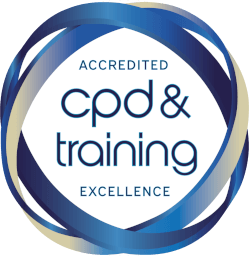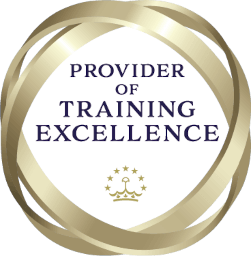How we deliver eLearning excellence
How you learn is essential for making what you learn understandable and remembered long-term.
Learn how we strive to meet the highest standards of training delivery in a digital format.
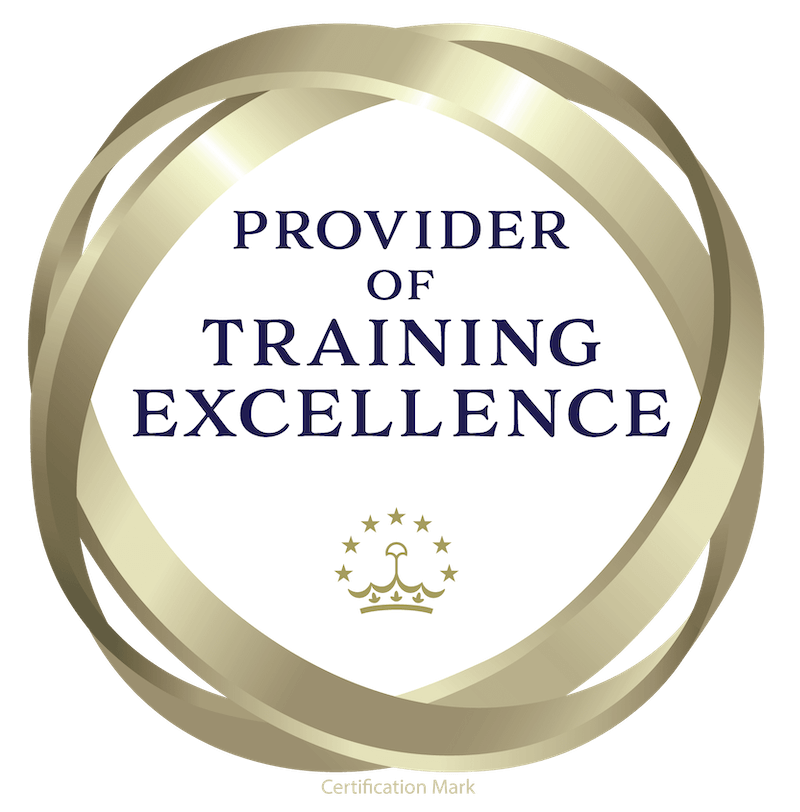

We have a proven training ethos
We believe in the power of experiential learning, that is, learning by doing.
We base our training design on the Kolb learning cycle, taking individually defined learning points through all of these stages:
EXPLAIN > DEMONSTRATE > PRACTISE > FEEDBACK
We communicate to everyone
There are many different learning styles and theories on how to absorb information easily.
Through our digital platform and expertise in multi-media formats, we create content to appeal to all the senses.
VARK learning styles
- (V) isual
- (A) ural
- (R) ead / Write
- (K) inesthetic
Kolbs learning styles
- Diverging (feeling and watching)
- Assimilating (watching and thinking)
- Converging (doing and thinking)
- Accommodating (doing and feeling)
The 7 learning styles
- Visual
- Kinaesthetic
- Aural
- Social
- Solitary
- Verbal
- Logical
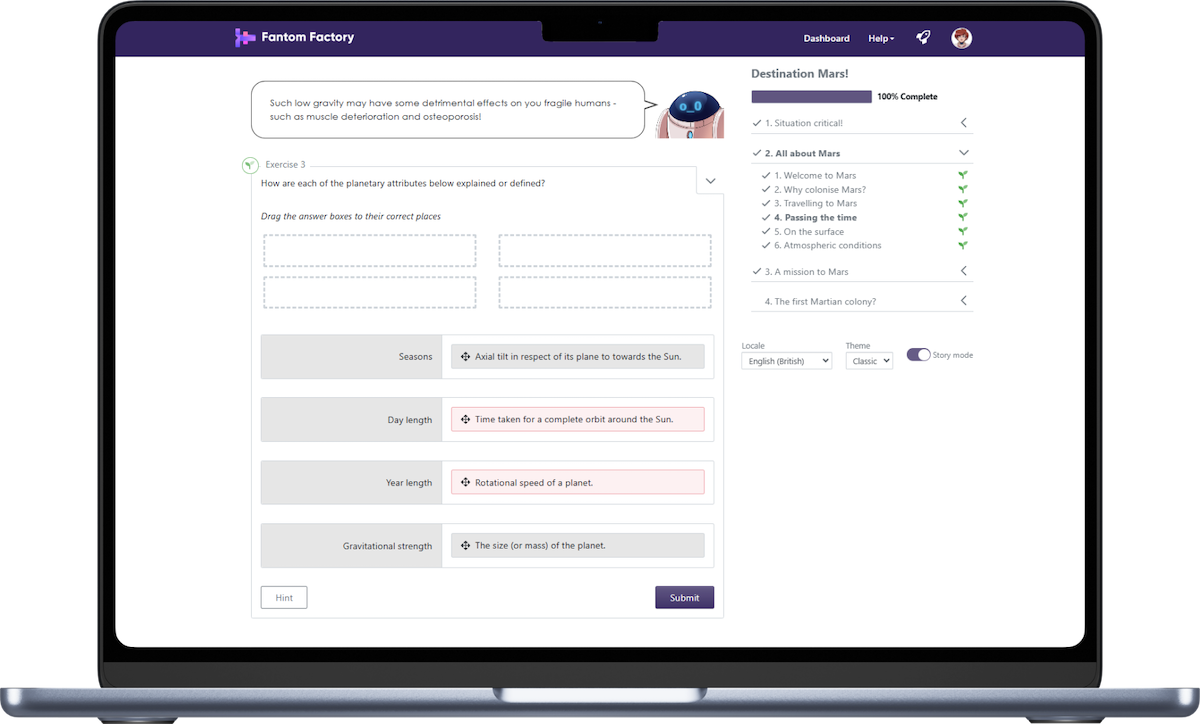
We use practical exercises
Nowadays, we all expect more from our digital interactions.
This is why we innovate and create new types of activities and question features.
Interactive activities enable practice, feedback, and more learning from the explanation of incorrect results.
We take gamification seriously
Tying in puzzle solving scenarios to a central storyline will keep your students engaged and motivated throughout.
Rewards can also help educators assess effort and measure success of training for future content improvements.

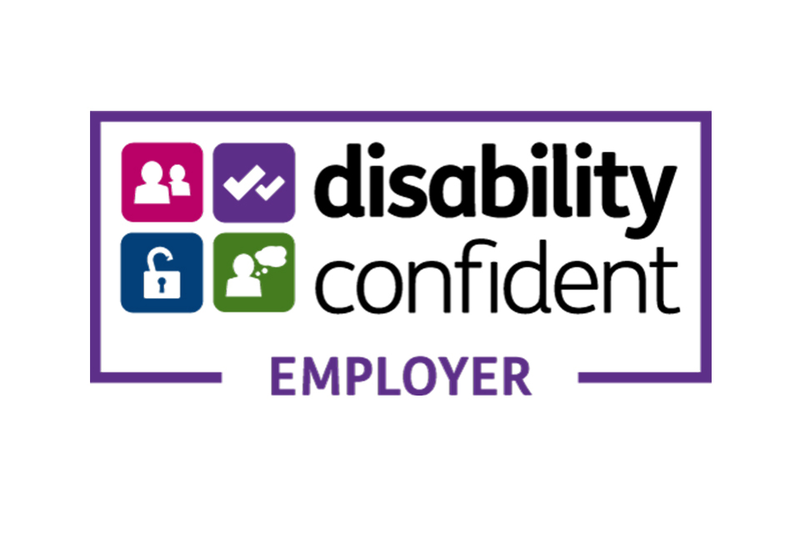
We plan for accessibility
We pay great attention to accessibility in training design.
This may be; language and locale options in text, colour and visual impairment in illustrations, or maybe video soundtracks and subtitles.
We care about feedback
When the training is done, we want to know:
- Do our students feel they learned what they set out to?
- Do our students need more from us?
- Did our students enjoy the experience?
It is human nature to communicate only when there is a problem. This is why it is so important to ask!
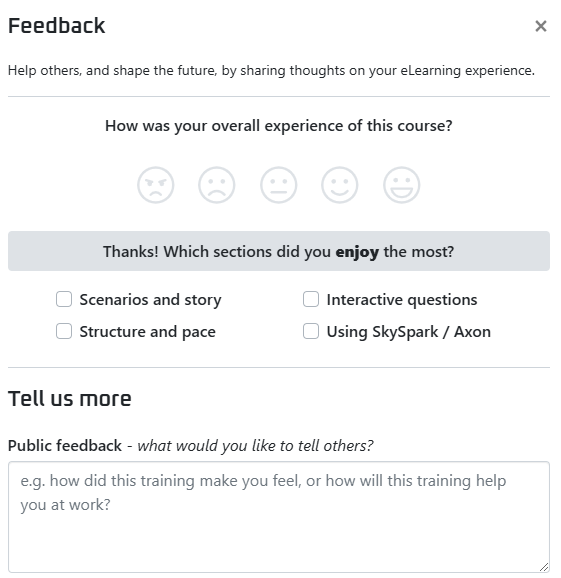
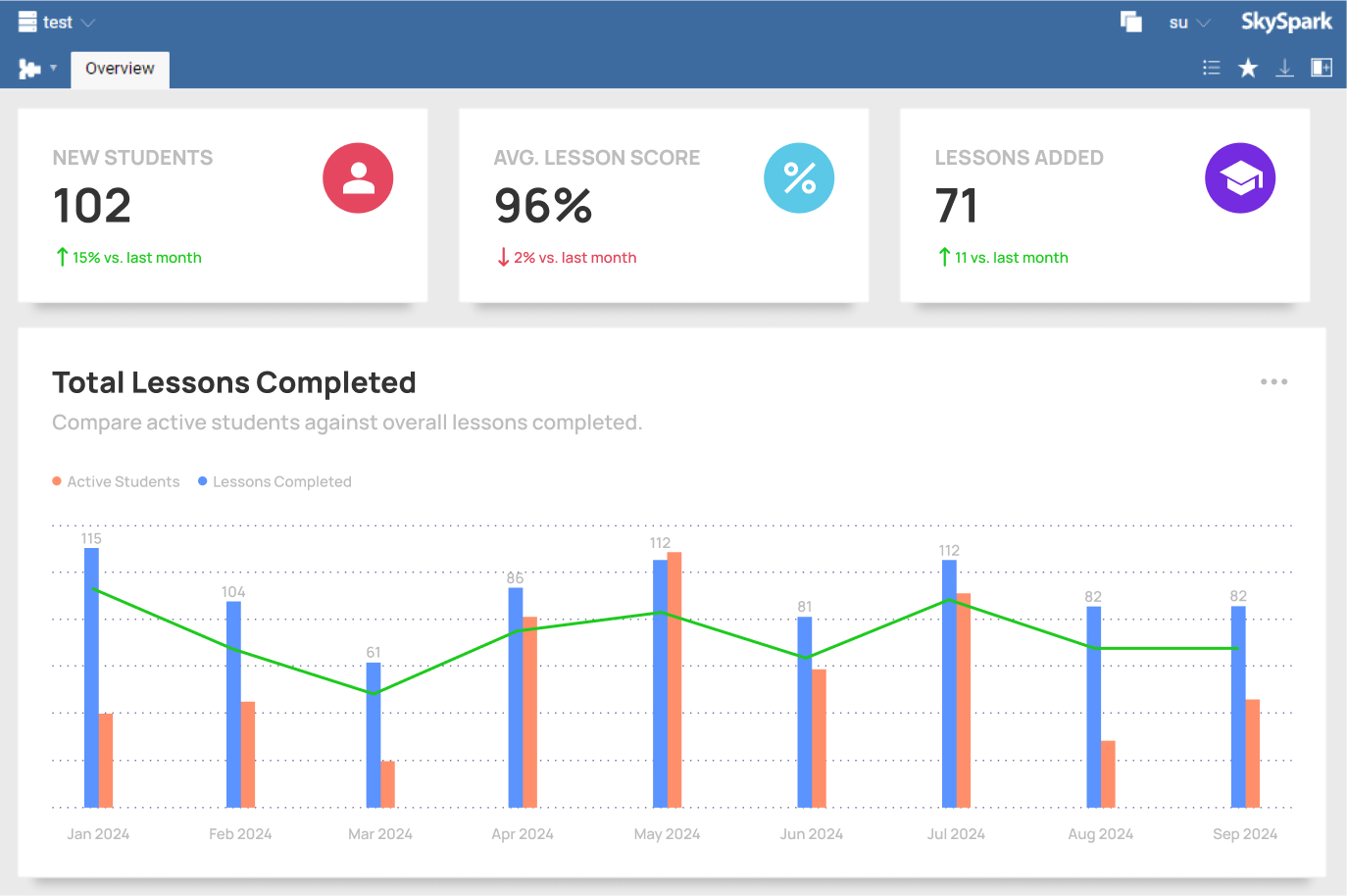
We strive to improve
We use industry-leading data analytics to measure student progress and engagement at every stage.
This helps to easily identify common sticking points and drive continuous improvements with courses.

